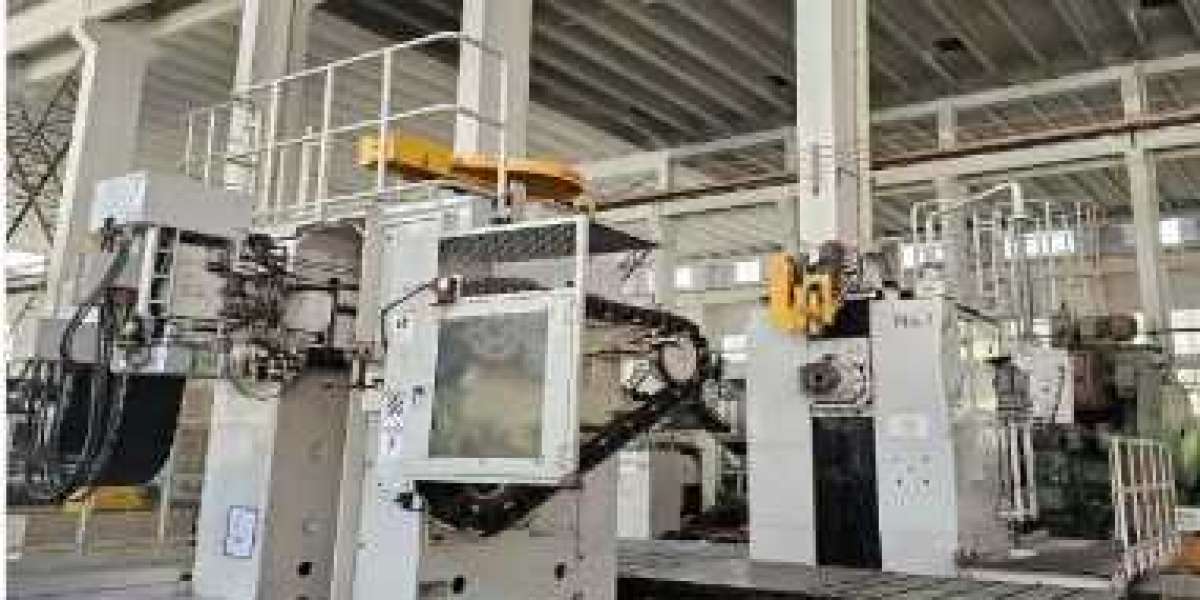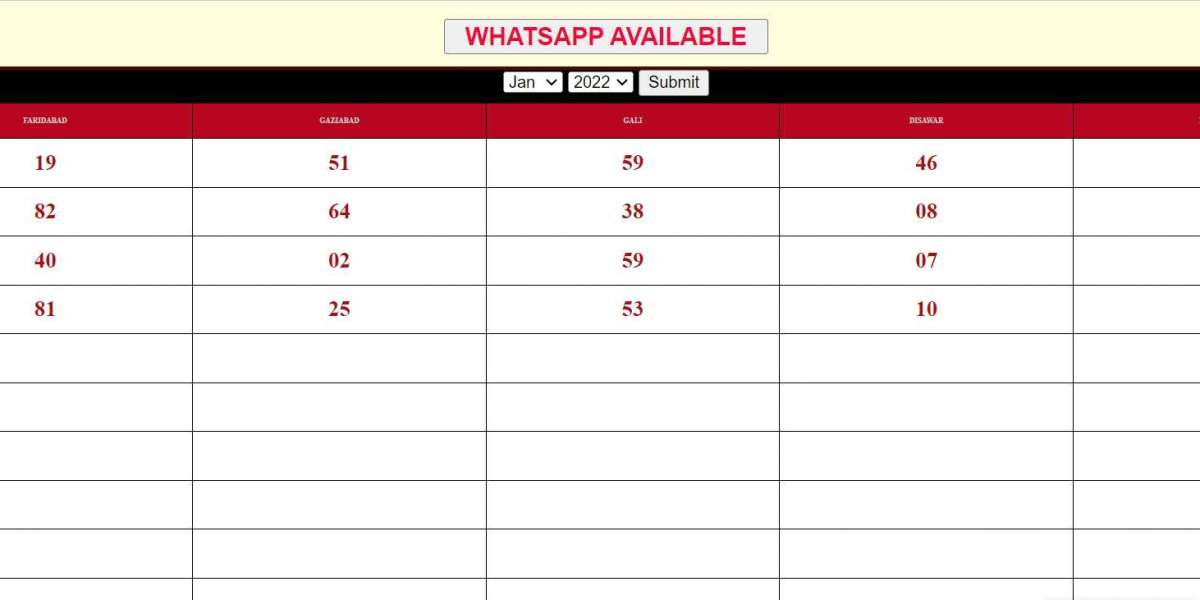What is a Box Compression Tester?
A Box Compression Tester is a specialized device used to measure the compressive strength of various types of packaging, particularly corrugated boxes. The tester evaluates how much weight a box can withstand before it deforms or collapses. This testing is critical for manufacturers who need to ensure their packaging can handle the rigors of shipping, stacking, and storage without failing.
How Does a Box Compression Tester Work?
The operation of a Box Compression Tester is relatively straightforward but highly technical. The machine applies a downward force on the box, simulating the stress it would encounter during stacking or transportation. Sensors attached to the tester measure and record the force applied and the box’s resistance until the point of deformation or collapse. These results help manufacturers understand the maximum load their packaging can sustain.
Key Features of Box Compression Tester
- Adjustable Platform: Accommodates boxes of varying sizes, ensuring versatility across different packaging types.
- Precision Force Application: Utilizes hydraulic or pneumatic systems to apply precise force, ensuring accurate test results.
- Digital Measurement and Display: Offers digital readouts for easy monitoring and analysis, which helps in maintaining consistent packaging quality.
- Compliance with Standards: Designed to comply with international standards such as ASTM and ISO, making them suitable for global business practices.
Benefits of Using a Box Compression Tester:
- Quality Assurance: It ensures that the packaging can protect the contents against compression, which is critical for maintaining product integrity during stacking and transportation.
- Cost-Effective Packaging: By understanding the limits of packaging materials, companies can optimize the use of materials, preventing over-specification and reducing costs.
- Enhanced Product Safety: Testing the compressive strength of packaging helps in reducing the risk of product damage, thereby decreasing the likelihood of returns and increasing customer satisfaction.
- Regulatory Compliance: Ensures that packaging meets the required standards and regulations, which is essential for legal compliance and market acceptance.
- Innovation and Optimization: Provides valuable data that can be used in the development of new packaging materials and structures, helping to drive innovation and improve packaging performance.
How to Choose the Right Box Compression Tester
When selecting a Box Compression Tester, consider the following factors:
- Capacity: Ensure the tester can accommodate the maximum force your packages might endure.
- Size Compatibility: Choose a tester that can handle the range of box sizes you use.
- Accuracy: Look for machines that provide precise measurements to ensure reliable data.
- Ease of Use: Opt for testers with user-friendly interfaces and software that provides clear, actionable insights.
- Durability: Invest in a robust machine that will be reliable over many years of frequent testing.
FAQ: Box Compression Tester
- What is a Box Compression Tester?
A Box Compression Tester (BCT) is a device used to test the compressive strength of packaging materials, particularly boxes, to ensure they can withstand the pressures of stacking, shipping, and storage.
- Why is compressive strength testing important?
Testing the compressive strength is crucial to ensure that the packaging can protect its contents from damage during transit and storage, thereby reducing the risk of product returns and enhancing customer satisfaction.
- How does a Box Compression Tester work?
A BCT applies a controlled force to a box and measures how much pressure the box can withstand before it collapses. This helps determine the maximum load the packaging can handle.
- What types of packages can be tested with a BCT?
While primarily used for corrugated boxes, BCTs can also test other types of packaging materials that need to sustain weight or pressure.
- Can a BCT help in material cost savings?
Yes, by determining the minimal required strength of packaging materials, a BCT helps in optimizing the material usage, preventing both under-specification (which could lead to damage) and over-specification (which could be wasteful and costly).
- Is using a BCT compliant with industry standards?
Yes, most BCTs are designed to comply with various international standards such as ISO and ASTM, ensuring that the testing methods and results are globally accepted.
- How often should a Box Compression Tester be calibrated?
Calibration frequency depends on usage and manufacturer guidelines, but generally, it is recommended to calibrate a BCT annually to ensure accuracy.
- Can a BCT be used for RD purposes?
Absolutely. Box Compression Testing are valuable in research and development for testing new packaging materials and designs, allowing for innovation in packaging that meets specific strength requirements.
Conclusion
The use of a Box Compression Tester is essential in the quality assurance process of packaging production. It provides critical data that helps manufacturers ensure the safety, compliance, and cost-efficiency of their packaging solutions. A packaging continues to grow, the role of Box Compression Testers becomes increasingly important in helping businesses protect their products and their bottom lines.








